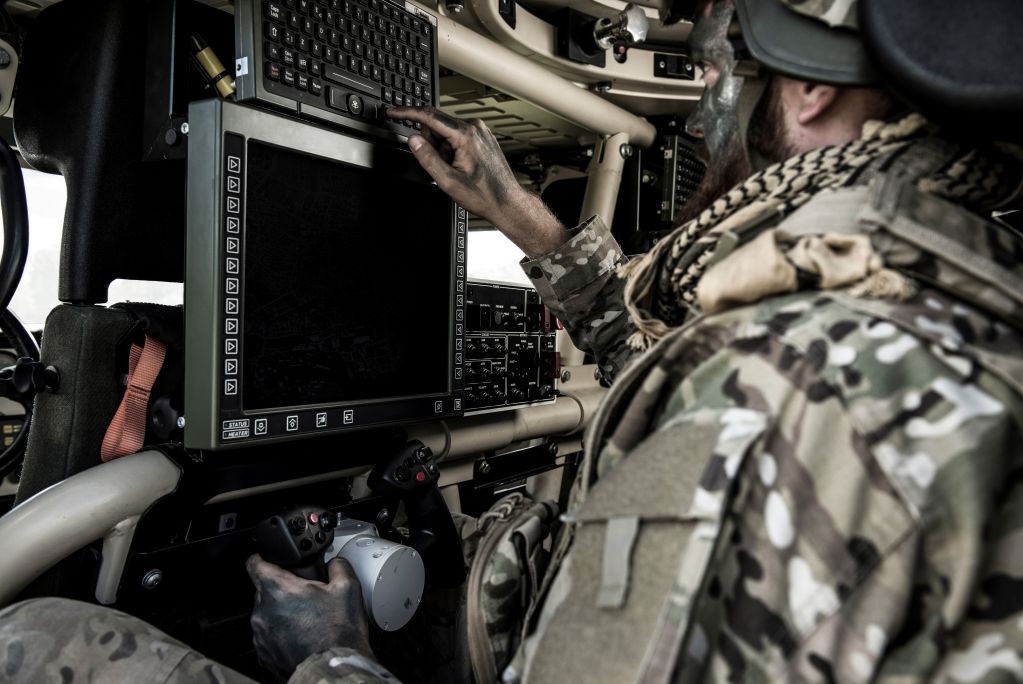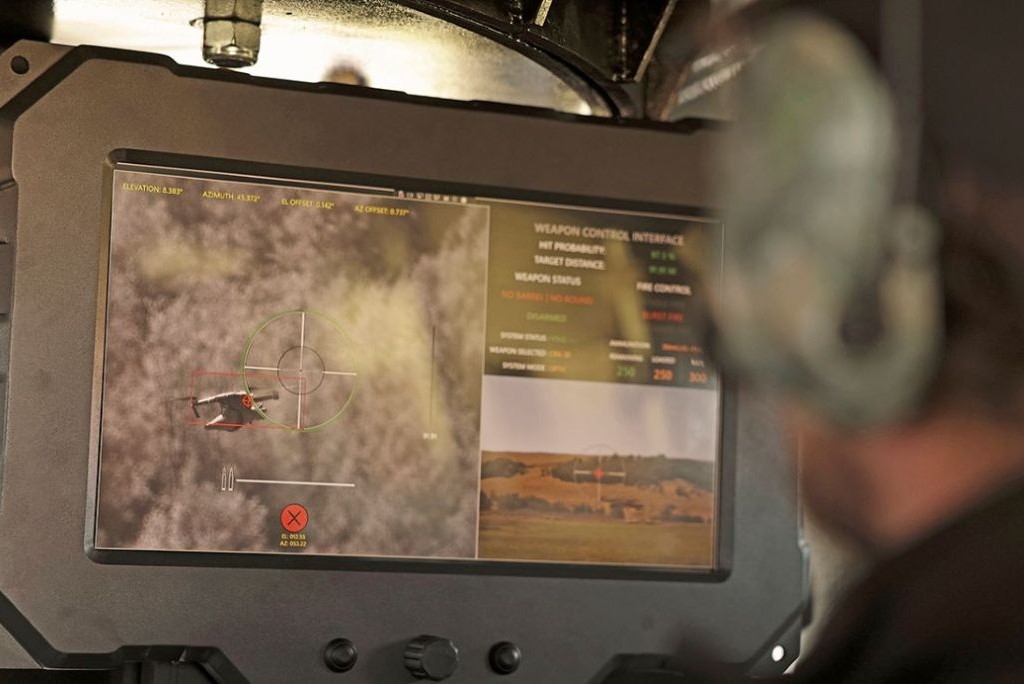Advancements in Counter-Drone Capabilities: A New Chapter in Military Readiness
Integration of Drone Technology in Military Exercises
A recent U.S. Army exercise held in conjunction with NATO allies marked a significant advancement in counter-drone capabilities. Soldiers successfully neutralized attacking unmanned aerial systems (UAS) utilizing small interceptor drones launched from the bed of a pickup truck. This exercise, involving personnel from the U.S. Army’s 1st Battalion, 57th Air Defense Artillery Regiment, took place at the Nowa Dęba Training Area in Poland and demonstrated the evolving tactics in aerial defense.
A Collaborative Training Initiative
The joint operation followed an intensive two-week training course designed to equip the forces with the necessary skills to operate these small UAS interceptors. Instruction comprised classroom learning, high-fidelity simulations, and hands-on drills aimed at ensuring rapid deployment readiness. Highlights of the exercise underscored the tactical versatility of these systems, which can be deployed quickly and efficiently.
Key Features of the Interceptor System
- Kinetic Strike Capability: The interceptor drones form a critical component of a mobile defense system, utilizing advanced electro-optical sensors and radar for targeting hostile drones.
- Mobility and Ease of Deployment: All system components are designed for compact storage in light tactical vehicles, allowing for swift assembly and operation by a minimal crew of just four personnel.
- Recovery Mechanism: During the exercise, soldiers successfully recovered their drones for future deployment using parachute systems, demonstrating an innovative approach to resource management in the field.
The interceptor drones are initially meant to serve as expendable munitions, especially effective against one-way attack drones—often referred to as “suicide drones.” These systems have previously been employed in combat scenarios, notably in Ukraine, illustrating their relevance in contemporary warfare.
Operational Efficiency and Cost-Effectiveness
Brig. Gen. Curtis King, commanding general of the 10th Army Air and Missile Defense Command, emphasized the lethal effectiveness of these systems while highlighting their cost efficiency. “It’s very lethal, very effective, but the key piece here is that it’s cost-effective,” he noted. This assertion underscores a strategic advantage in an era where resource optimization is critical for military operations.
NATO’s Strategic Objectives
The joint exercise aligns with NATO’s Operation Eastern Sentry, a strategic initiative aimed at bolstering the alliance’s defensive posture along its eastern flank. This operation is a direct response to recent incursions involving drones, necessitating enhanced air defense capabilities for Eastern European NATO members.
Implications for Future Military Operations
The integration of counter-drone systems into routine exercises signals a shift in military strategy. As adversaries increasingly deploy UAS in asymmetric warfare, the ability to efficiently neutralize such threats becomes paramount. The exercise in Poland is not just a demonstration of current capability but also an indication of a larger trend in military preparedness.
- Strengthened NATO air defenses
- Enhanced collaboration among allied forces
- Focus on cost-effective and versatile combat solutions
With the ongoing developments in air defense technology, future military exercises will likely continue to emphasize the importance of adaptive and resilient countermeasures. As the landscape of warfare evolves, the integration of innovative aerial technologies remains a cornerstone of strategic military readiness.





